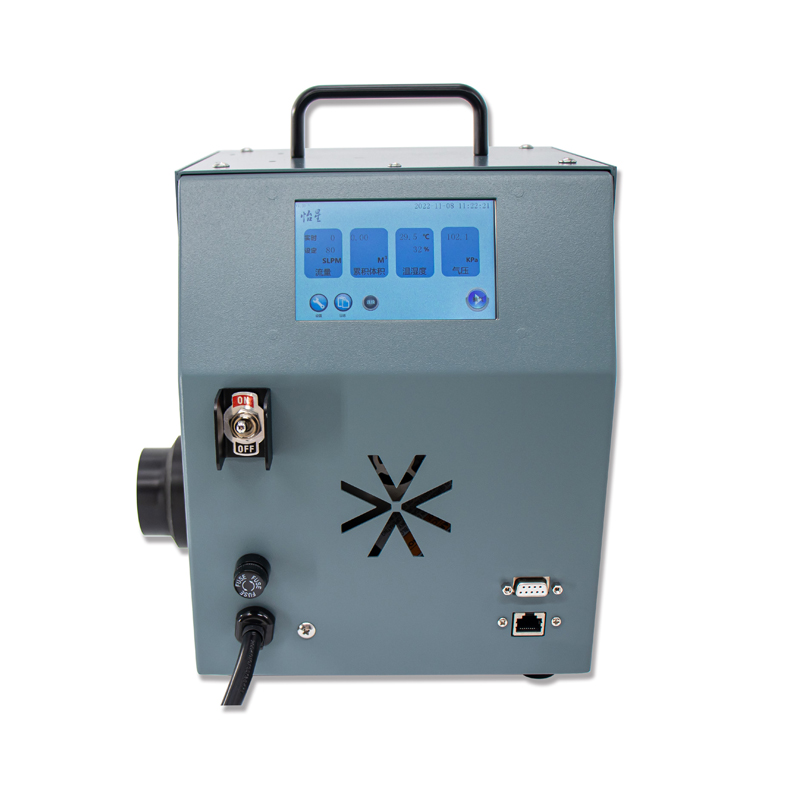An air sampler is a device used to collect air samples for the purpose of analyzing and testing for various contaminants and pollutants. It is an essential tool in environmental monitoring, industrial hygiene, and public health research. Air sampling is a crucial process that helps in assessing the quality of the air we breathe and identifying potential health hazards associated with airborne pollutants.
What is an air sampler?
An air sampler is a specialized instrument designed to capture and collect air samples from a specific location or environment. These devices come in various forms, including portable handheld samplers, stationary samplers, and personal samplers worn by individuals to monitor their personal exposure to airborne contaminants. Air samplers are equipped with filters, sorbent tubes, or other collection media that trap particles, gases, and vapors present in the air.
What does air sampling test for?
Air sampling is conducted to test for a wide range of contaminants and pollutants that can have adverse effects on human health and the environment. Some of the common substances tested for during air sampling include:
1. Particulate matter: Air samplers can capture and measure the concentration of airborne particles, such as dust, soot, pollen, and other solid materials. Particulate matter can cause respiratory problems and contribute to air pollution.
2. Volatile organic compounds (VOCs): These are organic chemicals that can evaporate into the air and may pose health risks. Air sampling can detect VOCs emitted from sources such as industrial processes, vehicle emissions, and household products.
3. Gaseous pollutants: Air samplers are used to test for gases such as carbon monoxide, sulfur dioxide, nitrogen oxides, and ozone, which are common air pollutants with harmful effects on human health and the environment.

4. Biological contaminants: Air sampling can also identify the presence of biological agents such as mold spores, bacteria, and viruses, which can cause respiratory infections and allergic reactions.
5. Hazardous substances: In industrial settings, air sampling is crucial for monitoring the levels of hazardous substances, including toxic chemicals, heavy metals, and carcinogens, to ensure compliance with occupational safety regulations.
The data obtained from air sampling tests are used to assess air quality, identify sources of pollution, evaluate potential health risks, and develop strategies for pollution control and public health protection.
Importance of air sampling
Air sampling plays a vital role in environmental monitoring and public health surveillance. By analyzing air samples, researchers and environmental professionals can:
1. Assess human exposure: Air sampling helps in evaluating the levels of pollutants to which individuals are exposed, both in occupational settings and in the general environment.
2. Identify pollution sources: By analyzing air samples, it is possible to pinpoint the sources of air pollution, whether they are industrial emissions, vehicle exhaust, or natural sources such as wildfires or agricultural activities.
3. Monitor compliance: Industries and facilities are required to comply with air quality regulations and emission standards. Air sampling is used to monitor and ensure compliance with these regulations.
4. Investigate health concerns: Air sampling can be used to investigate air quality issues in indoor environments, such as homes, schools, and workplaces, to address concerns related to indoor air pollution and its impact on human health.
In conclusion, air sampling is a critical tool for assessing air quality, identifying pollutants, and protecting public health. By using air samplers to collect and analyze air samples, researchers and environmental professionals can gain valuable insights into the composition of the air we breathe and take necessary measures to mitigate the impact of air pollution on human health and the environment.
Post time: Jun-24-2024

